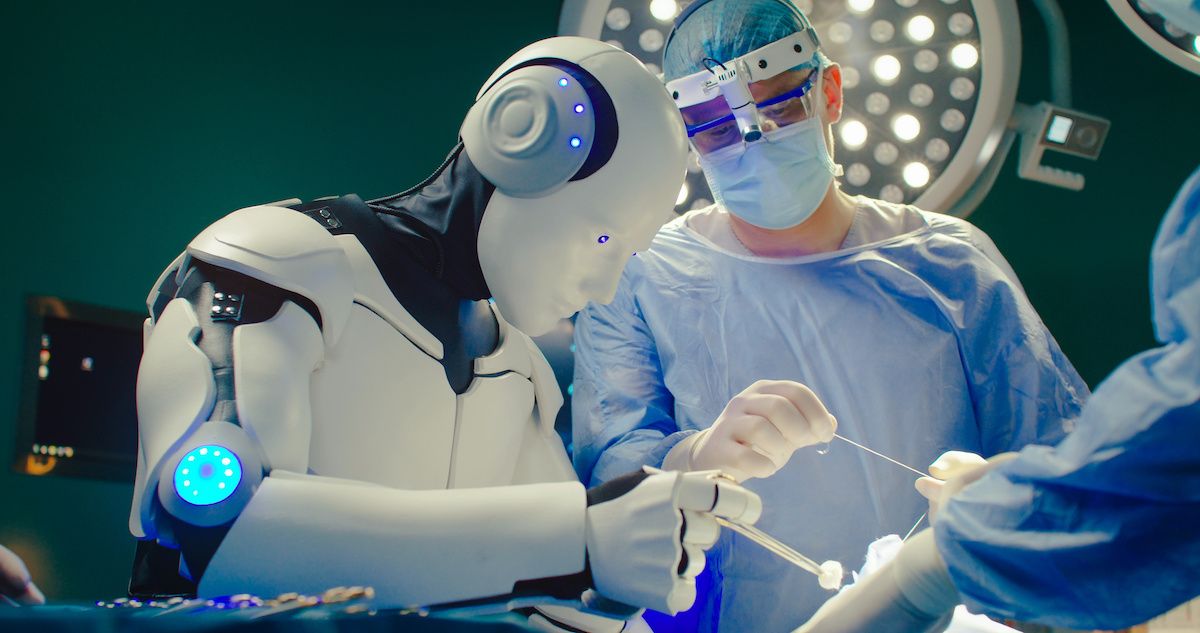Article
California team working to develop acne vaccine
Author(s):
A vaccine targeting the protein that contributes to acne breakouts is in development at the University of California, San Diego.
Acne isn’t a condition reserved for the teenage years-stress and hormonal changes can cause breakouts across a lifespan. Relief may be in sight though, thanks to a team of researchers in California who are working on both preventive and therapeutic vaccines to fight acne.
Propionibacterium acnes (P. acnes) are the bacterium associated with acne, although they are also part of the body’s natural balance. Although it isn’t clear exactly what causes acne breakouts to occur, scientists have associated breakouts with stress and hormonal changes. There is also a protein that is believed to play a role in the inflammation associated with acne breakouts, and it’s that protein that is at the center of the efforts to create a vaccine.
Eric Huang, PhD, an adjunct professor of dermatology at the University of California, San Diego, leads the team investigating the acne vaccine.
“Current medicines using isotretinoin or antibiotics could cause several known side effects,” Huang told Medical Economics. “Plus, those medicines cannot prevent the occurrence of acne vulgaris. When an acne vaccine is available, acne vulgaris can be a preventable disease.”
The team’s work is an extension of research Huang published in 2008. The vaccine works on the premise of fighting the protein that is associated with the inflammation that leads to acne. Rather than creating a vaccine against the bacteria itself-which Huang said is beneficial in some ways to the body’s natural flora-the vaccine would target the protein that P. acnes secretes on skin that results in inflammation or “breakouts.”
Researchers are actually developing two types of acne vaccines-preventive and therapeutic. The preventive vaccine would target elementary aged children to prevent the development of acne vulgaris in the teenage years, Huang said. The therapeutic vaccine would be used in patients already experiencing acne.
“Therapeutic vaccines using monoclonal antibodies will be used for reduction of inflammatory acne vulgaris in the patents who already have acne vulgaris,” Huang said. “[The protein antibodies] will be topically applied onto acne lesions to reduce inflammation.”
Next: Promising results
Next steps
So far, Huang and his team have found promising results by testing the vaccine on skin biopsies collected from acne patients. They are now looking for pharmaceutical partners willing to help them conduct large-scale clinical trials. Huang said his hope is to have the vaccine ready for use within five years of the first clinical trial.
While acne may be viewed as a cosmetic concern, it can have a huge impact on a patient’s psychosocial health, can lead to infection, and current treatments are very costly in terms of both financial cost and side effects.
One U.K. study from 2015 revealed that requests for acne treatment jumped 214% in just one year, and that 35% of those requests were from patients over age 35. About 50 million people in the U.S. suffer from acne, and costs associated with treating the condition are $3 billion annually, according to the American Academy of Dermatology.
Huang said. “We hope our preventive acne vaccine can prevent the occurrence of acne vulgaris and that our therapeutic acne vaccines can significantly and quickly reduce the inflammation of acne vulgaris without induction of development of drug-resistant P. acne bacteria-a frequent occurrence when acne vulgaris is treated with antibiotics.”





